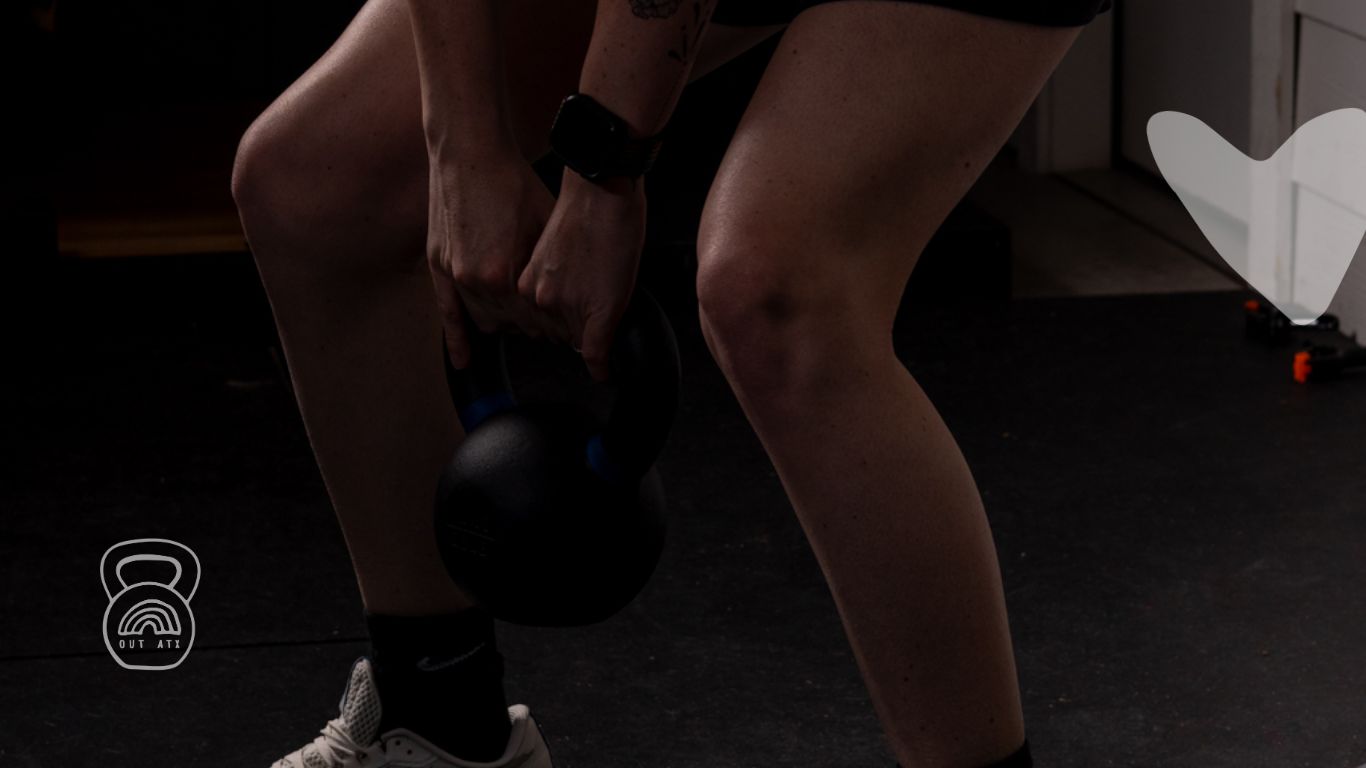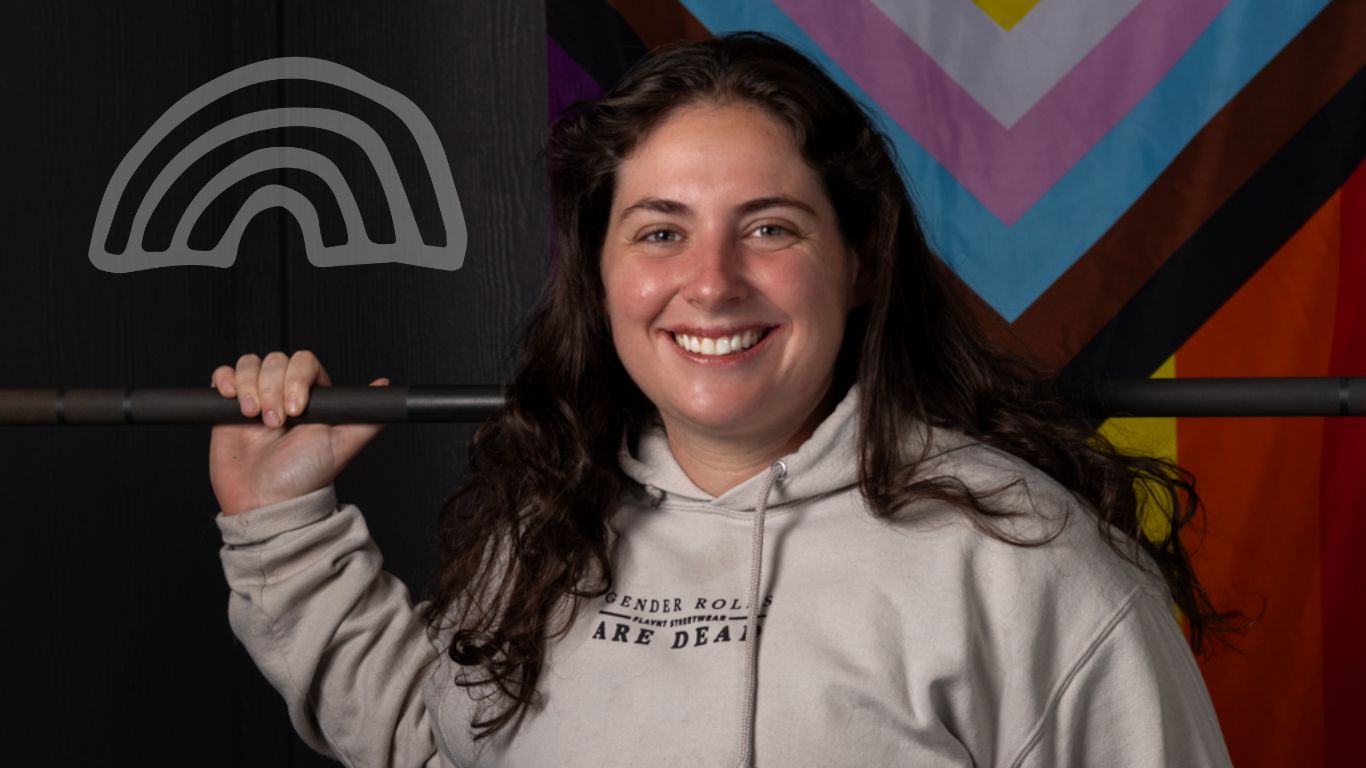When it comes to managing pain, promoting healing, or simply boosting your overall wellness, two techniques often come up in conversation: dry needling and acupuncture. While both involve thin needles, the philosophy and approach behind each practice can differ significantly. So, how do you know which is right for you? Let’s dive into what sets dry needling and acupuncture apart, and how each can contribute to your holistic wellness journey.
What is Acupuncture?
Acupuncture is a practice that has been around for thousands of years, rooted in Traditional Chinese Medicine (TCM). It’s based on the idea that the body has energy pathways, or meridians, which can sometimes become blocked or imbalanced. By inserting fine needles into specific points along these meridians, acupuncture works to restore the natural flow of energy (known as “Qi”), helping the body heal itself and promoting overall wellness.
Acupuncture isn’t just about treating pain — it’s a holistic approach that addresses the mind, body, and spirit. Whether you’re dealing with stress, digestive issues, emotional imbalances, or physical discomfort, acupuncture aims to bring balance and harmony to your entire being.
What is Dry Needling?
Dry needling, on the other hand, is a relatively newer practice, often used by physical therapists and other healthcare providers. It focuses on targeting muscle knots or trigger points. These trigger points are areas of muscle tightness that can cause pain, limit movement, or even refer pain to other parts of the body.
Unlike acupuncture, dry needling doesn’t follow energy pathways or meridians. Instead, the focus is on musculoskeletal issues — essentially, targeting specific areas of pain or tension to relieve discomfort and improve function. Think of it as a direct approach to dealing with pain and tension in muscles, tendons, and tissues.
The Holistic Wellness Perspective
When considering dry needling vs. acupuncture, it’s helpful to think about your overall wellness goals.
Looking for a full-body experience that taps into your mental, emotional, and physical well-being? Acupuncture might be your best bet. It’s ideal for those who want a gentle, whole-person approach, focusing on balancing energy and addressing various aspects of health beyond just physical pain.
Struggling with a specific, localized pain or muscle tension? Dry needling could be a good option if you’re seeking fast relief from targeted muscle pain or sports injuries. It’s more clinical, focusing primarily on musculoskeletal issues rather than overall wellness.
Both treatments can complement a holistic wellness approach depending on your needs. Many people find that a combination of the two, along with other modalities like massage, yoga, or herbal remedies, works best for maintaining balance and health.
How Do They Feel?
Both dry needling and acupuncture use thin needles, but the experience can feel quite different.
Acupuncture: Many people report feeling a deep sense of relaxation during and after acupuncture sessions. The needles are often left in place for 20-30 minutes while you relax, allowing your body to shift into a more balanced state. It’s common to feel a slight tingling, warmth, or heaviness around the needle insertion points.
Dry Needling: The sensation from dry needling can feel a bit more intense. Since the needle is directly inserted into a tight muscle or trigger point, you might feel a “twitch” or mild discomfort as the muscle reacts to release tension. The goal here is to break up the knot or tightness and promote better function in that muscle.
Choosing What’s Right for You
Deciding between dry needling and acupuncture ultimately depends on your wellness goals. If you’re looking for a holistic, energy-balancing experience that encompasses the mind and body, acupuncture could be the way to go. But if you have a specific injury, chronic pain, or muscle tension that needs a targeted approach, dry needling might be a great choice.
Of course, you don’t have to pick just one. Many people incorporate both practices into their wellness routines, finding that each brings its own unique benefits to their overall health. As with any treatment, it’s best to consult with a qualified practitioner who understands your health history and goals to help you make the best decision for your body.
Final Thoughts
Both dry needling and acupuncture offer incredible benefits for improving wellness, reducing pain, and enhancing your quality of life. Whether you’re seeking a holistic approach with acupuncture or a more targeted pain relief method with dry needling, both practices can play a valuable role in your wellness journey.
Remember, wellness is not one-size-fits-all. It’s about exploring different options and finding what feels right for your body, mind, and spirit. Whichever path you choose, you’re taking a powerful step toward feeling your best.
Contact Us
At OutWellness ATX, we’re committed to supporting you through every step of your recovery journey. If you have any questions or need personalized advice, don’t hesitate to reach out to our expert team. We’re here to help you achieve a smooth and effective recovery.



